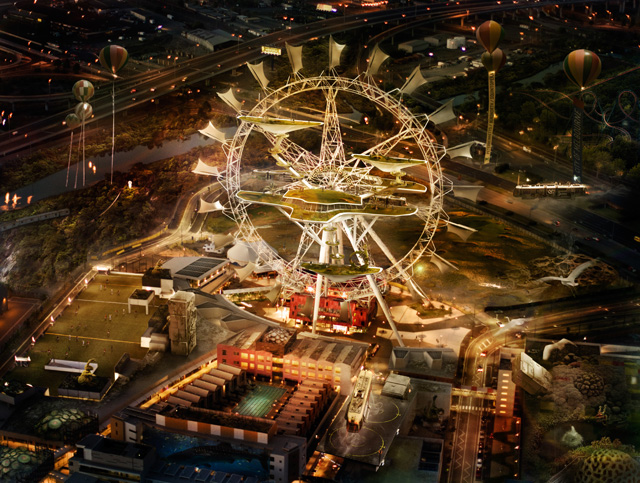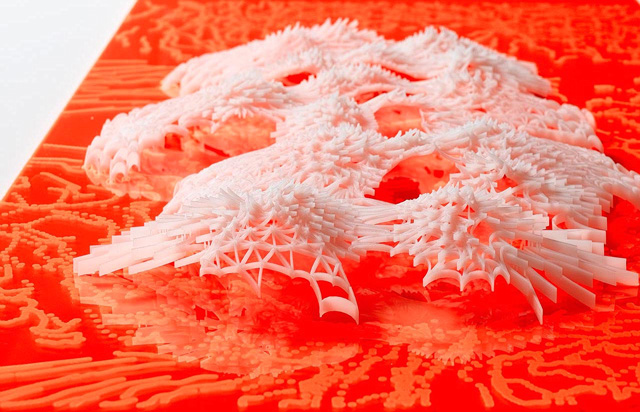LEONG LEONG
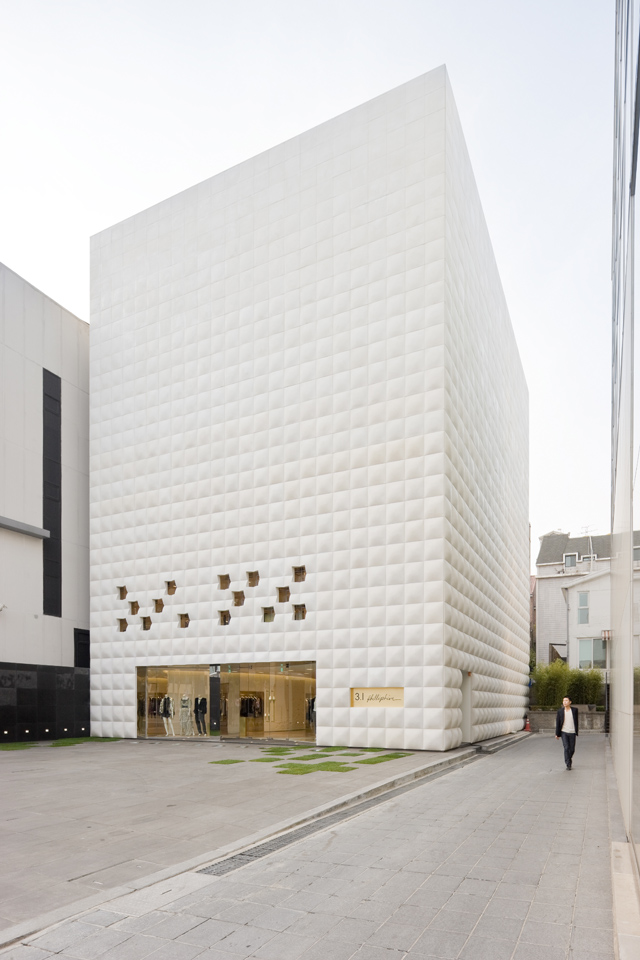
An interview with brothers Chris and Dominic Leong by Catherine Iftode.
Brothers Chris and Dominic Leong work together in an office on the Bowery, in New York City. I show up for an interview on a sunny October afternoon, and the atmosphere is bustling with music and the chatter of the artists they collaborate with, busy at work alongside us.
CI : Tell us about your firm and how it started.
D: We launched our practice in 2009 in New York right in the middle of the economic downturn. We figured if we could sustain our practice now we could be productive and resourceful under any circumstances. In the past two years we’ve completed projects in Seoul, Hong Kong, New York, Los Angeles, and Napa Valley, California. It’s already a very global practice. Fundamentally, we are interested in challenging existing typologies whether they are public or private. People often make the assumption that our practice is driven by materiality. But we are more interested in how material innovation works in service of an over-arching programmatic agenda or experience.
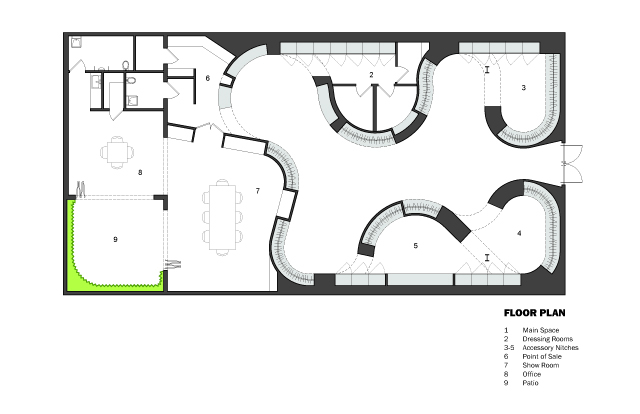
CI : Do you have a particular vision or manifesto that you always strive to incorporate into your work?
D: Yes, we believe every project should have an agenda. This is much different than having a manifesto for architecture as a whole. Our understanding of the global context is complex and always changing. This means that our “agenda” emerges from our design process with a degree of curiosity and commitment that allows us to uncover the most relevant issues for an individual project, context ,or client. So you could say that our manifesto is our process and our agenda for each project is a result of this process.
C: One of our goals is to apply architectural thinking to other arenas beyond the practice of architecture. As architects, we are constantly acquiring knowledge from other fields and learning how to engage with other experts. This is part of the collaborative nature inherent to the practice of architecture. In a sense we are ‘hunter gatherers’ of knowledge which partly driven by a need to survive in a rapidly changing contexts and partly driven by a genuine curiosity for the world. We try to use this attitude to expand our own practice by inventing our own projects. For example – we launched a publication called White Zinfandel with the W/ Project Space as a platform to collaborate with the artists and creative individuals outside of our discipline.
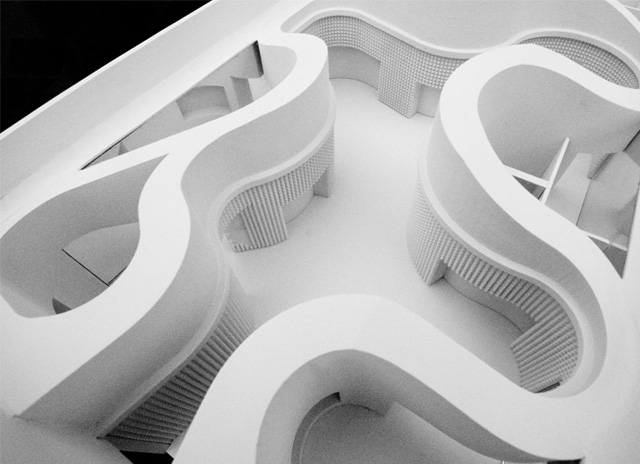
CI : Architecture has traditionally been associated with buildings that last for centuries or at least decades but we live in a world where everything is constantly changing and evolving at a much faster pace than before. I think architecture has also started to follow that trend. There have been a lot more temporary installations and exhibits going on. Do you think that changes the view people have of architecture or the purpose architecture has?
D: The general public probably still thinks of architecture as a very static thing. The recent trend of temporary or pop-up projects is definitely a response to the austerity of the economy. This new austerity has also resulted in a new attitude toward the image of architecture which we think is productive. Hopefully, we are moving beyond making fetishized icons. But this is very dependent on context. For example the Asian context necessitates a different way of thinking about architecture and building which is challenging but also very refreshing. It’s refreshing because the level of ambition is so high and the rate of change is so accelerated that possibilities for architecture are amplified. But for these same reasons we are very selective about what type of projects we get involved with.
C: Also the timescale of buildings is changing. We’ve gone from buildings made to last thousands of years to buildings that last 30 years or even less. That’s definitely a change in building technology but it makes architecture more of a product, a fashion. Consumerist culture is reflected in the way we use architecture. While buildings might be more temporary, the ideas they embody are not.
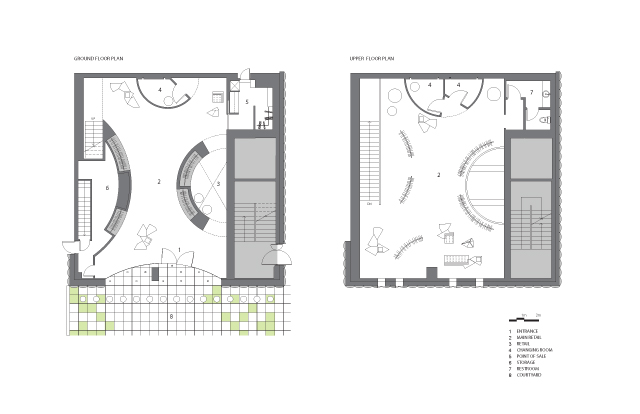
CI : In a way, maybe it gives a louder voice to the idea you’re trying to get across because you have fewer restrictions?
D: I don’t think there are fewer restrictions. They are just different restrictions. Also, our agenda is not a factor of how many restrictions we are addressing but how we address them. We believe that constraints are opportunities that force us to be inventive and break through conventional ways of doing things.
C: And working on more temporary, fast-paced projects allows us to move through ideas quickly until we reach an economy of means in the concept and it’s production. We can take an idea and keep pushing it or we can abandon an idea once it’s been tested. Approaching architecture with a curiosity that allows us to think of things being less permanent is liberating.
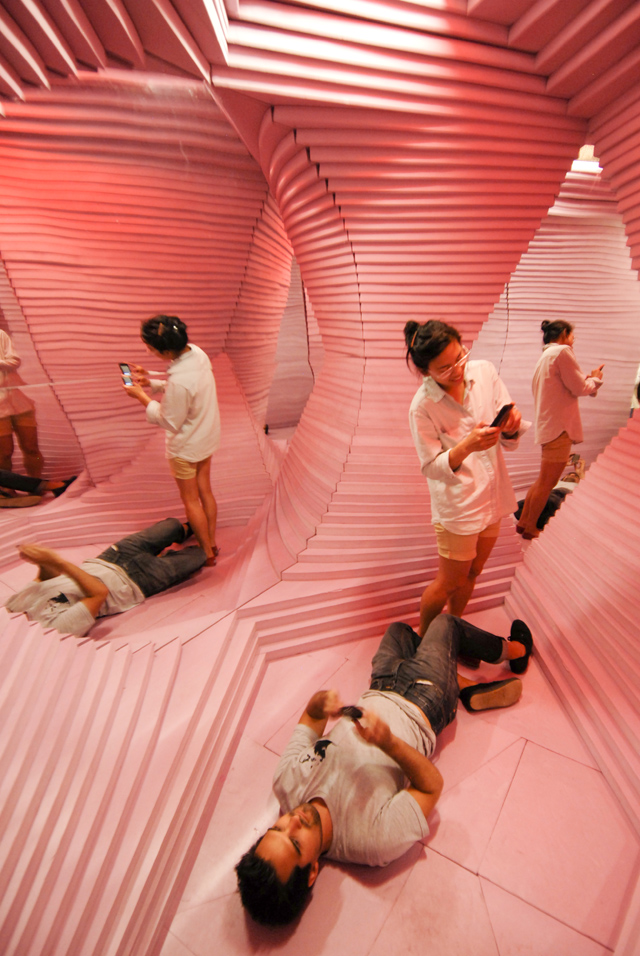
CI : Your Audi project explored relinquishing control in order to sustain a more resilient form of growth. Could you elaborate further on your intentions with the project and on the balance that is achieved when the urge to control is subdued?
D: Control works at different levels in architecture. There’s control in the design process which is one thing. For example, there’s a constant cycle of relinquishing control to open up new possibilities and then coming back into control to develop and test these possibilities. Then there is the degree of control that architecture exerts over its users and it’s context or vice versa. Our goal with the Audi project was to test the limits of control between nature and the city by reclaiming the uncontrolled ethos of New York through the reintroduction of wild. Since biodiversity is essential to the survival of any ecology, increasing biodiversity in Manhattan would require relinquishing a certain degree of control in order to find a productive balance between urbanism and ecology within the city.
C: Our goal is not to control the city but set up the parameters or infrastructures for nature to be re-integrated into the grid of New York. Our cities are constantly changing but proposing that nature take over the city is an extreme provocation. It’s an urban model that goes against the tradition of Western development to prioritize the co-existence of urbanism and nature. It’s a provocation to see what’s at stake within the discourse of sustainability. We developed a model of urbanism to accept contingency and indeterminacy vis a vis nature. So as much as we need precision and control of certain processes, we also need strategies that are resilient enough to survive and accommodate change. I think we increasingly find ourselves in situations where we don’t have a comfortable level of control and we need to learn to adapt as a discipline.
D: That comes back to the question about our manifesto or agenda. It’s really impossible to propose grand assumptions about the way the world should be unless you are some kind of fundamentalist, which we are not. Instead, it’s really about figuring out how to operate and synthesize with increasing levels of ambiguity and contradiction. For example “fuzzy logic” is a way of operating or making decisions within extremely ambiguous situations that rely more on degrees of truth rather than an absolute yes or no. A lot of it has to do with working in situations with very limited information but somehow still prioritizing a significant action as opposed to paralysis by analysis.
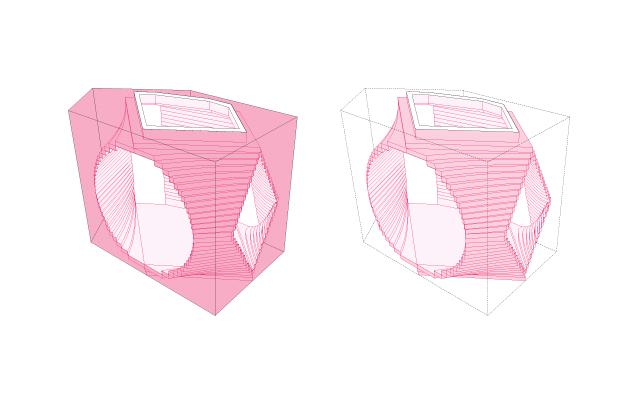
CI : Do you think emerging architects in New York have different issues to deal with than their predecessors?
D: The context in NY today for young architects seems less hierarchical and more open than our predecessors. This could be a result of the technological proficiency of the younger generation which shifts the traditional roles of production in the profession. Young practices are also working within a media saturated environment that requires a natural propensity for branding and marketing of ideas. But actually these issues are not specific to New York.
C: Exactly, the global climate has changed so much that being a young practice in New York really means you need to be global. The global context is something that has to be taken into account earlier in young practices now.
Related Posts :
Category: Article
Views: 3462 Likes: 0
Tags: Bowery , chris , Creative industries , design , dominic , Hong Kong , interview , LEONG LEONG , Los Angeles , project , White Zinfandel
Comments:
Info:
Info:
Title: LEONG LEONG
Time: 14 marzo 2012
Category: Article
Views: 3462 Likes: 0
Tags: Bowery , chris , Creative industries , design , dominic , Hong Kong , interview , LEONG LEONG , Los Angeles , project , White Zinfandel

